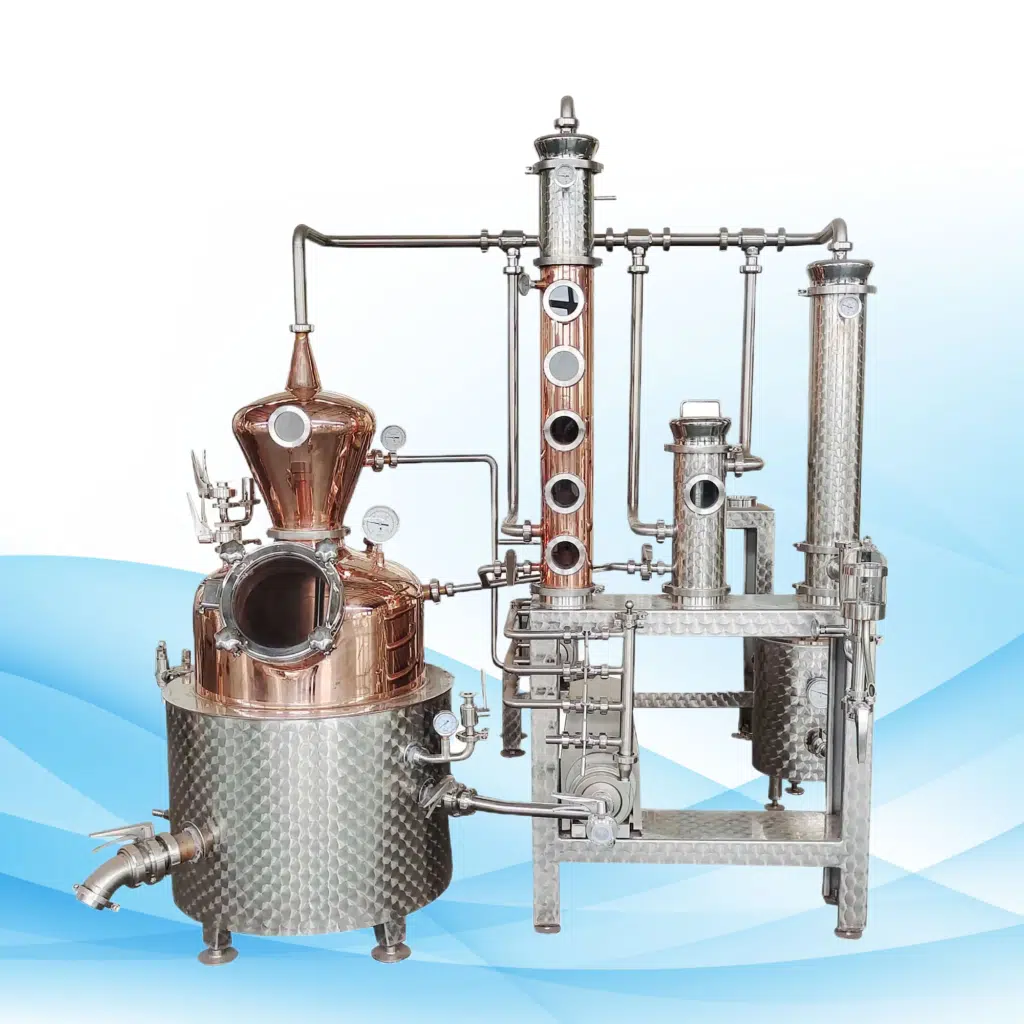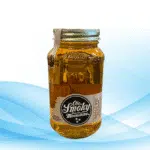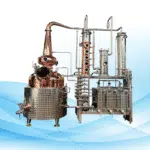The practice of home distilling
The practice of home distilling has become a new trend in the last couple of years. Unfortunately, it is a journey that needs to be embarked on with much care and advanced understanding of equipment for quality, safety, and consistency standards. On a safer note, when home distilling for self-consumption, knowing how to use the right tools is imperative for ensuring a quality, safe distillate with every single use. This write-up touches on all malting and distilling primary and auxiliary equipment which would enable an individual to conduct home distilling, beginning with crafting a still and other needed outboard parts.
What is Home Distilling Equipment?
Everything that is involved in home distilling tools and techniques, including machinery that ensures control over the production or processing of spirits, distilled water, or even essential oils, is termed as home distilling equipment. The idea is straightforward: heat up the fermented substance, in this case, a liquid, then take the alcohol that vaporized and make it liquid again. Equipment used in the distilling practice is fundamental because of safety, efficiency, and resulting alcohol quality; hence, using and selecting appropriate ones is the best option to start the distilling process.

Home Brewing Equipment Supplies
If you’re just getting started with home distilling, it’s vital that you have an assortment of equipment and supplies at your disposal. From the distiller to special pieces of equipment like a Hydrometer, these items assist in ensuring that the product is safe and meets the required standards. In order to prevent any contaminants from getting into the distillate and to make sure that all the equipment can tolerate the high temperatures and conditions found during the distillation process, high-quality, food-grade materials are suggested.
Distiller
The distiller stands at the center of home distilling equipment. There are several types of distillers; the most common are pot stills and reflux stills.
- Pot Stills: These are simpler in design, easy to operate, and are suitable for making flavorful spirits such as whiskey, rum, and brandy.
- Reflux Still: These are more complex and are designed for producing high-purity spirits such as vodka.
Consider the flavors and the purity levels of the final product you want to achieve, and opt for the characteristics accordingly. It’s better to pick stainless steel or copper models so that they do not cause any reactions with the alcohol.
Condenser
The condenser is critical in reducing the vapor to liquid. This unit is mounted immediately after the distiller and regulates the speed of distillation, thus affecting the quality of the end product. Common types of condensers include coil (worm) and shell-tube. Copper and stainless steel are the most preferred materials for condensers because of their excellent heat dissipation ability and high resistance to environmental factors.
Fermentation Tank
The purpose of the fermentation tank is to convert raw materials into mash or wort. At this point in the process, the selection of the material is crucial; food-grade plastics, glass, or stainless steel tanks are most common as they do not absorb acids and are easy to clean. Fermentation can take from several days to several weeks; therefore, it is important that your tank is strong, resistant to contamination, and has an airlock system to mitigate oxidation.
Collection Container
After condensing the vapor, a separate container is needed for collection. These containers are used for collecting the end product, and they must be glass or stainless steel to avoid chemical reactions with alcohol. It is recommended to obtain a container with a lid so that no contaminants enter, and ensure it is appropriately sized to avoid frequent emptying.
Hydrometer
In distillation, one of the most important steps is measurement. Products are measured for alcohol concentration with a hydrometer. This advance processes and helps concentrate liquids promptly without wasting materials. It’s also important to note that distilled spirits are subject to high alcohol content, so it’s recommended to buy a hydrometer that measures alcohol accurately.
Cleaning Equipment
Breaches of hygiene are among the most common ways by which the final product can be ruined. So for all setups, it’s highly recommended to keep micro disinfectant bottles and brushes in every corner of the distiller. Removing dry remnants deters fermentation from ending up being unfit or dangerous for consumption. With appropriate washing, this ensures enhanced performance for a longer duration.
Other Auxiliary Equipment
For more efficiency, home distillers can use a wide variety of auxiliary equipment, including:
- Thermometers and Temperature Controllers: Distilling is all about precision, which is enhanced with the correct temperature.
- Heat Sources: A pot handle, alongside an electric or gas stove, works best in terms of material and functionality.
- Safety Gear: Appropriate lab equipment, such as gloves, glasses, and a fire extinguisher, can be useful for a safe workspace.
Factors to Look at While Purchasing Home Distilling Equipment
When purchasing home distilling equipment, consider the following factors:
- Material Quality: It is important to have a food-grade material like copper or stainless steel that is durable.
- Budget: While it may be tempting to cut costs, quality and safety assurance should never take a backseat.
- Space: Ensure enough space for the proper configuration and operation of the apparatus.
- Ease of Use: Consider the amount of experience with the equipment. If a novice, look for options that are less complicated.
- Legal Requirements: Confirm that the setup is legal for personal use in your country, as some may have regulatory requirements.
Conclusion
The first requirement for successful and safe home distillation is the gathered equipment. From distiller to hydrometer, everything plays a role in enhancing the quality of the end product. Once you obtain quality equipment, the distillation process is bound to be fruitful.
Frequently Asked Questions (FAQ)
Q1: Is it legal to distill alcohol in one’s own home?
In some countries, distilling alcohol without a license is illegal. More information can be found on the internet.
Q2: What is the comparison between the reflux and pot stills?
The pot still type brings out strong tasting spirits, like whiskey, and the reflux still is preferable for higher-purity spirits like vodka.
Q3: Is it possible to conduct fermentation in any other container as opposed to a fermentation barrel?
No, food-grade containers are essential for safe purposes and avoiding contamination.
Q4: What is the role copper plays in distilling equipment?
Copper helps remove sulfur, enhancing the distillate’s organoleptic characteristics.
Q5: How often should all the apparatus be cleaned?
Every relevant piece should be cleaned after each use to ensure the highest safety and quality levels.
Q6: In case I want to distill alcohol at home, what safety precautions must I follow?
When operating the still, ensure adequate ventilation, avoid naked flames, and keep a fire extinguisher ready.
Why Choose Us
We provide the best project ideas concerning safe, high-quality home distilling. With skilled professionals, a top range of equipment, and excellent customer support, our distilling equipment is made to last, ensuring a hassle-free distilling experience for all our customers.
















